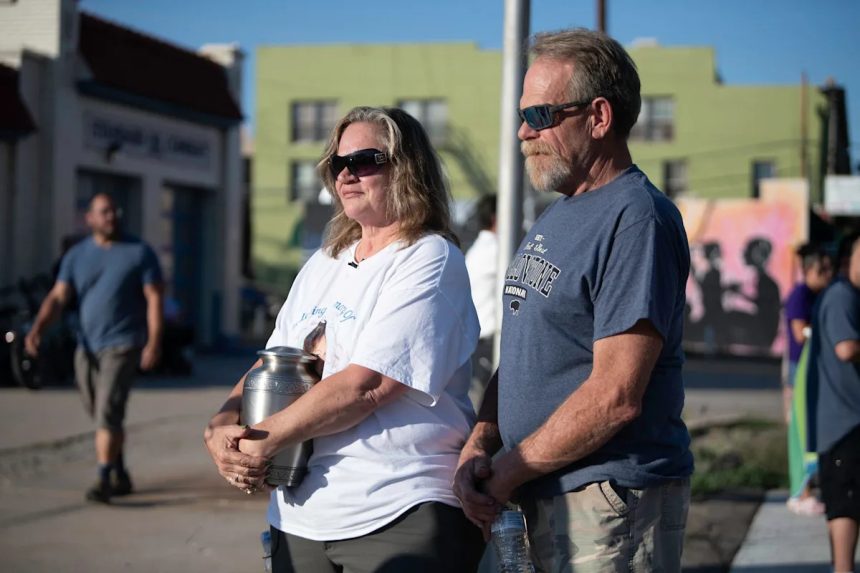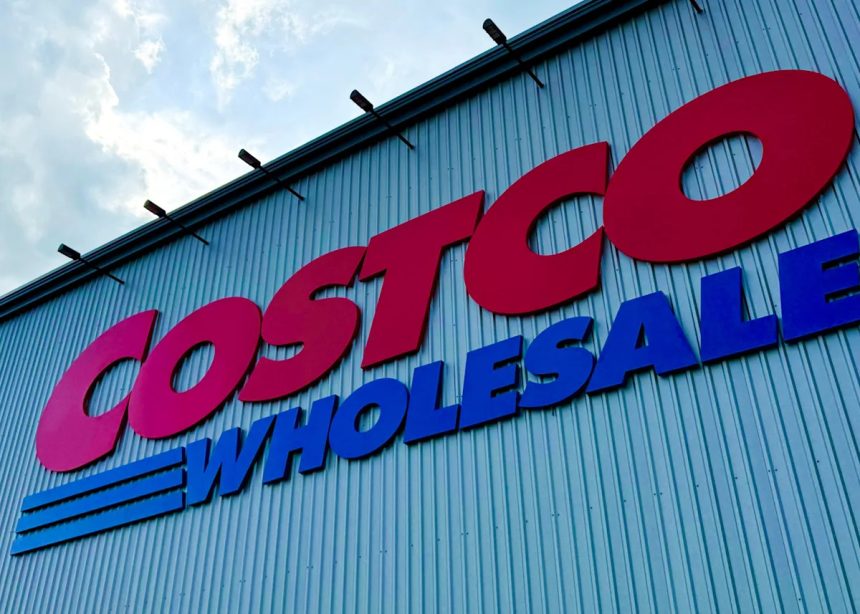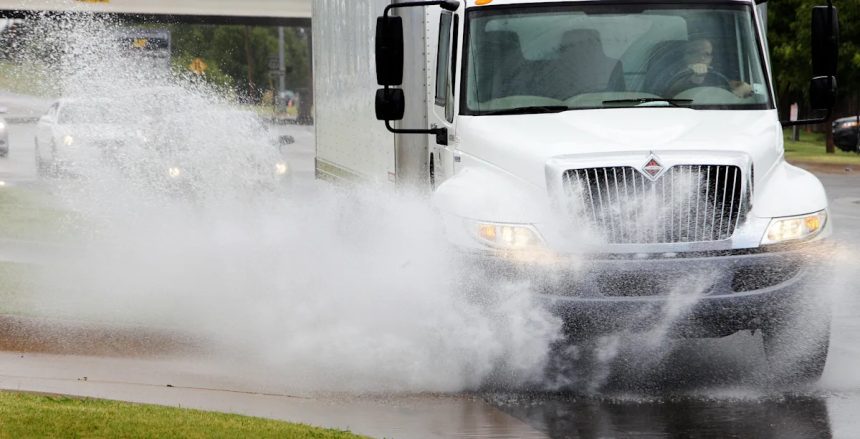While authorities work to identify bodies, bones and probable human tissue recovered from Davis Mortuary over the weekend of Aug. 23-24, many Pueblo families who used the funeral home’s services may be wondering if they have possession of their loved ones’ cremains.
A total of 24 decomposing bodies and multiple containers of bones and probable human tissue were removed from the mortuary and transferred to the El Paso County Coroner’s Office for potential identification as the Colorado Bureau of Investigation continues its criminal probe into Pueblo County Coroner Brian Cotter and his brother, Chris Cotter, who co-own Davis Mortuary at 128 Broadway Ave.
When the Colorado Department of Regulatory Agencies (DORA) inspected the funeral home on Aug. 20, Brian Cotter allegedly told them that some of the decomposing bodies had been in the mortuary for as long as 15 years, and that some decedents’ families may have been given fake cremains.
“My heart just falls into my stomach, but we do know these audits are working,” Colorado Funeral Directors Association President Matt Whaley said of the DORA inspection that uncovered the bodies in a concealed room of the mortuary.
“Now people who live in Pueblo are saying, ‘Oh my God, I used that funeral home. What about my loved one?'” he said.
Jeff Grossnickle stands with his wife, Sandi, as she holds what the couple hopes are the cremains of their daughter Kristina Hesketh during a candlelight vigil at the Davis Mortuary on Thursday, Aug. 21, 2025.
Three steps to take to help verify authentic cremains
Whaley provided three “proactive steps” that the funeral home’s customers can take to help them determine if they have actual cremains.
First, check the death certificate. About halfway down the certificate, under the name of the funeral home, is a space for “Method of Disposition,” which should be filled out with “cremation.” To the right of that is a space for “Place of Disposition,” which should list the name of the crematorium, followed by the city, county, and state where the cremation took place.
“Next, they can check that with what they received and there should be a metal ID coin attached to the ashes, and that is what is given back to the next of kin and the only way they (the funeral home) can advocate who the decedent was,” Whaley explained. “The cremains will come with a certificate of cremation from the funeral home, which will list the date and where the cremation happened.”
If any of those three things — the death certificate, metal ID coin, and certificate of cremation — is not provided, “that would probably raise some doubt that ‘Maybe I am one of those families,'” Whaley said.
Whaley said for those who cannot find proof that all three of those steps have been taken, it is a good idea to reach out to the CBI and not take matters into their own hands.
The CBI has established a dedicated victim assistance line at 719-257-3359 and an email at CBITips@state.co.us for families who may have used Davis Mortuary’s services. CBI is also encouraging families to fill out a questionnaire to assist with the investigative process.
Whaley said funeral homes are also required to keep logs of when cremations occurred, and those logs should match the paperwork the decedent’s loved one has received.
“I have reason to believe the CBI will be managing a review of the logs at the funeral home,” he said.
He said that the investigation also likely involves a forensic pathologist to determine if what families received were actual human cremains and not something else, like wood ashes or cement. He said family members should not try any of the online suggestions, such as adding water to see if the material firms up.
“I’ve been in this business for 38 years and if you handed me both (cremains and cement) I am not certain I can tell the difference. Getting back what was the molecular structure of a human, whether you call it dust or ashes, there is going to be a little mass and volume to that depending on the size of the person,” Whaley explained.
Finally, Whaley said he wants Colorado residents to know that rare incidents of cremations not taking place are “the exception” and not the rule.
“The trust level of the profession has been so damaged in the state of Colorado, but I need you to understand there are so many great funeral home directors in the state,” he said.
“As a result of this, there are going to be more people wanting to witness the cremations and if that’s what it is going to take, you will see more funeral homes inviting people to come out, watch, and even push the button” when cremations take place.
Chieftain reporter Tracy Harmon covers business news. She can be reached by email at tharmon@chieftain.com or via X at x.com/tracywumps. Support local news, subscribe to the Pueblo Chieftain at subscribe.chieftain.com.
This article originally appeared on The Pueblo Chieftain: 3 things to look for to determine if cremains you received are real













